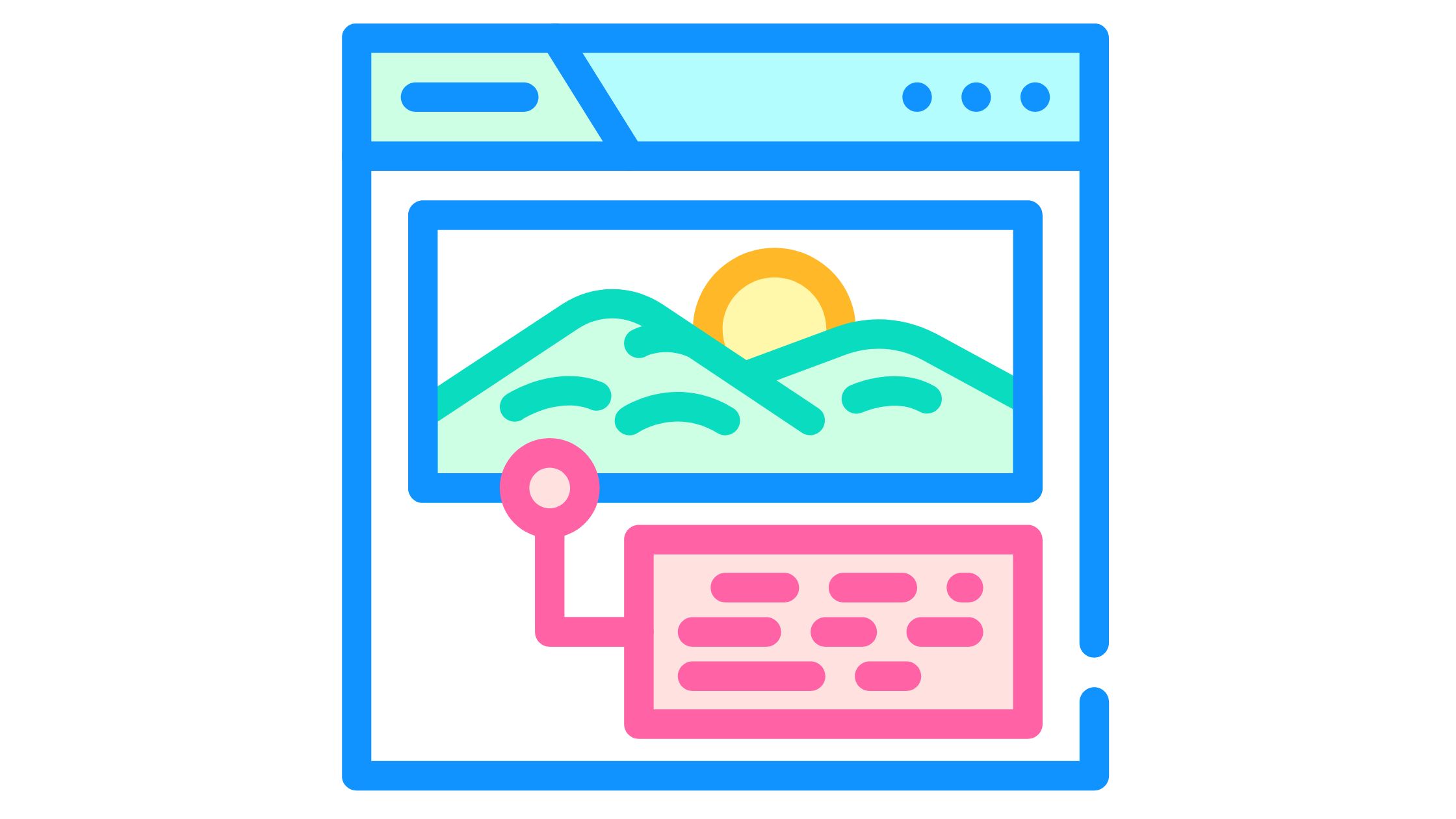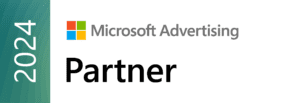There are plenty of actionable points on most websites – buttons and banners entreating visitors to Download, Sign Up, Subscribe, Join, Get Started, Learn More or just plain Contact. Websites with a cohesive digital marketing plan will track and monitor conversions from these calls to action. But there’s one very important CTA that we quite often find clients neglect to track – the phone call.
Often the phone number is buried on the Contact page or placed in the footer in a very tiny font, so maybe that explains why the tracking is overlooked. We prefer to see it placed in the top right, preferably in an eye-catching font or with a contrasting background color so it will really pop. In the age of emails and text, why are we so bullish on phone calls? The answer is simple – a phone call often represents an immediate need or a query that is more complex (and possibly better qualified) than can be easily conveyed in an email.
Benefits Of Call Tracking
By using events and goals to track phone calls in Google Analytics (the goal tracks the action of the phone click event), you’ll be able to see what types of devices website visitors are using, where they are calling from, what actions led up to the phone call and what actions were taken afterward.
What about call tracking services? At one point, call tracking was thought to be potentially disadvantageous for search as using a tracking number would ruin the consistency in the company’s NAP (name-address-phone) that is so important to local SEO. And, in fact, we have seen listings with tracking numbers unpublish from some higher authority citations like Bing Places and Apple Maps. One workaround is to place the local number in a secondary prominent position on the homepage. Using this fix, even with a tracking number in the upper right corner, if the local number is in the footer or in a content block that includes a phrase similar to “Contact us today at [local number].” the listing will usually publish after being resubmitted.
Dynamic Number Insertion
Another strategy is to use a call tracking service that employs dynamic number insertion (DNI). With DNI, the same phone number is coded in HTML throughout the website, but after a user clicks on the number and the page loads, the phone number is swapped out for a tracking number in the JavaScript code. The result is that the user sees the new tracking number, but search engines crawling the site only see the hard-coded HTML phone number. Call tracking services use DNI to collect and report on a wide variety of information such as:
- Keyword query that resulted in the website visit.
- Source and/or Campaign (e.g. Google Organic, Direct, Facebook campaign etc.).
- New vs. repeat callers.
- Duration of phone call.
Call Tracking Services And Software
There are several reputable call tracking services in the marketplace. Here are some that are worth checking out:
- CallFire – plans start at $99/mo or an even more basic pay-as-you-go model; includes a “Do Not Call” list set-up.
- CallRail – plans start at $30/mo; includes call recording.
- CallTrackingMetrics – plans start at $39/mo; includes a dashboard with colorful, client-friendly graphs.
- CallSource – plans start at approx. $35/mo; users consistently mention the easy set-up.
- Phonewagon – plans start at $30/mo; designed to help agencies manage multiple clients and/or campaigns.
Your website’s phone number represents an important opportunity to encourage visitors to take action. Call 443.475.0787 or contact us today for advice on improving your website’s ability to attract, retain and convert.








